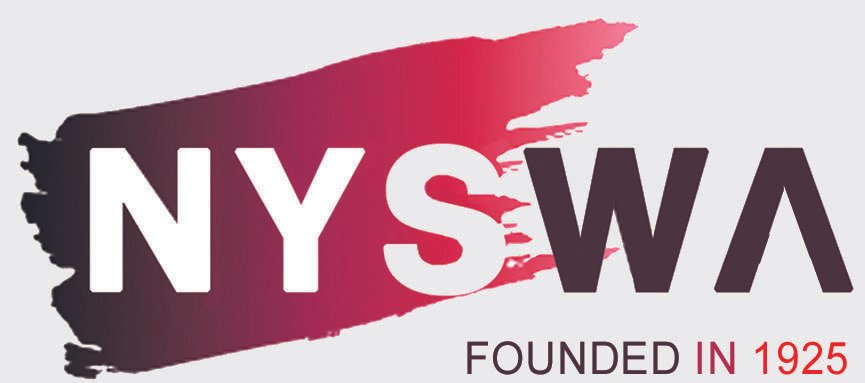NYSWA FOUNDERS
The New York Society of Women Artists
Marguerite Thompson Zorach (1887-1968)
Lucile Lundquist Blanch (1895-1981)
Concetta Scaravaglione (1900-1975)
Today, the New York Society of Women Artists finds itself tasked with remaking itself. We aspire to birth new schools of art and encourage new avenues of exchange and discussion. As we embrace women who work in many diverse artistic styles from abstract to realism, we dedicate ourselves with a look to the future and a respect for our past.
Research by Rachelle Weisberger, Chair of the Keystone Committee.
Minna Harkavy (1887-1987)
The meeting of art and politics are reflected in the life of the sculptor Minna Harkavy. She studied at the Art Students League, and with the sculptor Antoine Bourdelle in Paris, where she exhibited her work in the Salon D'Automne and the Jeu de Paume. Harkavy also graduated from Hunter College. That alone was a remarkable achievement for a woman, who in her early teens immigrated with her parents from Estonia to the United States.
Harkavy was a devoted leftist and anti-fascist and possessed a strong social consciousness. She was involved in political advocacy and organizing other artists.She was a founder of NYSWA in the 1920’s,The American Artists’ Congress, and the Sculptors’ Guild, both in the 1930’s. And while she attended a communist anti-war conference in Amsterdam in 1932, she was equally concerned about the fate of European Jewry.
Harkavy’s figurative sculptures depicted the downtrodden and oppressed, such as the coal miners in the American Midwest and European Jews threatened by Hitler. Some of her subjects were also friends like singer Paul Robeson, and the anarchist Carlo Tesca, who was her lover and who was later assassinated.
She married Louis Harkavy, a pharmacist, who also published Yiddish-language periodicals.
The artist participated in several group exhibitions, such as the Jewish Art Center in the 1920’s, the John Reed Club, and the Whitney Studio Club in the 1930’s, while also working in the WPA Fine Arts Program. From the 1920's to 1950’s Harkavy exhibited at the Whitney Museum. In 1952, her large sculpture won first prize in a national competition sponsored by the Metropolitan Museum of Art. Harkavy’s work is included in numerous collections including the Whitney and the Museum of Modern Art in New York, the Tel-Aviv Museum in Israel, the Pushkin Museum in Moscow, the Hermitage in St. Petersburg, and several university museums.
Minna Harkavy died three months before her 100th birthday.
